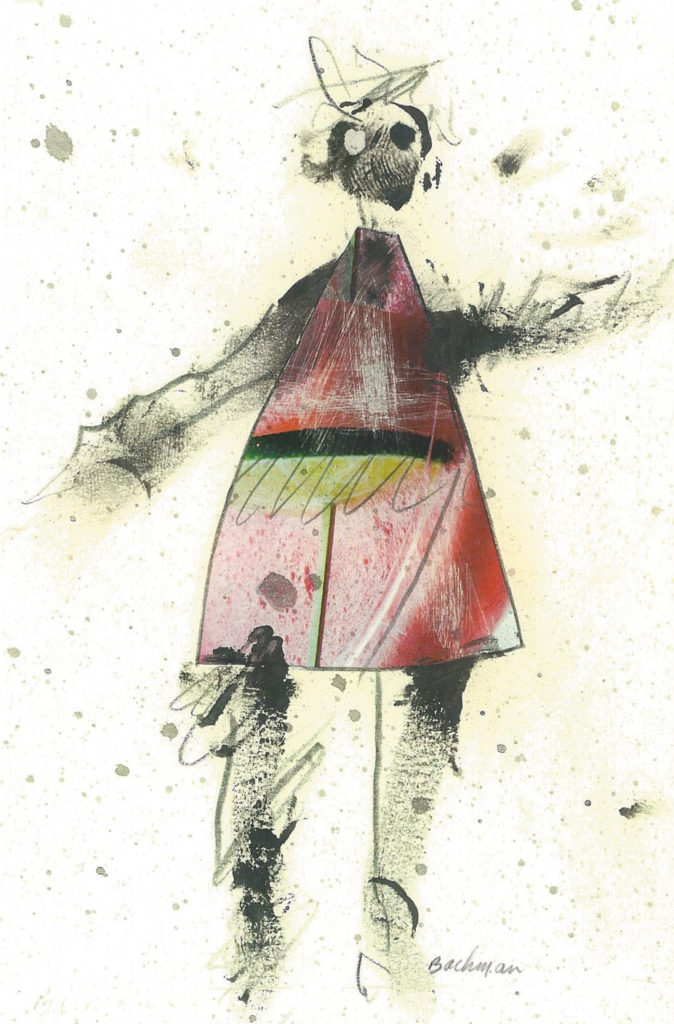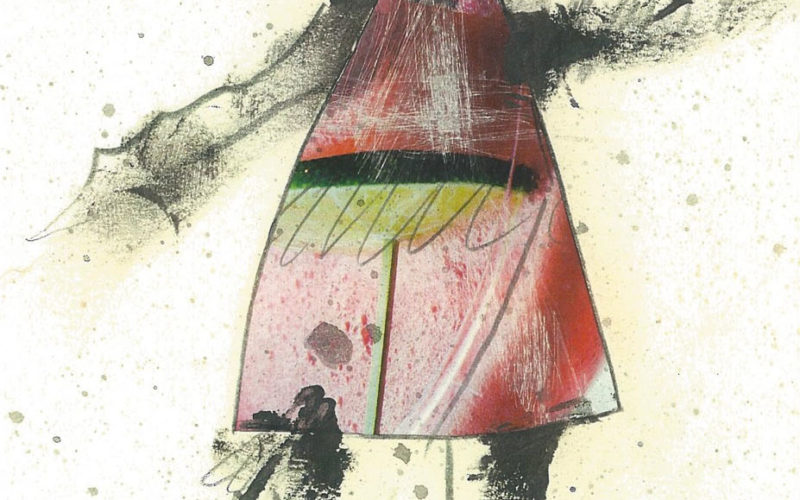JOCELYN MURPHY
jmurphy@nwadg.com
So many of us turned to the arts in some form or another over the past year. Even when it was impossible to see or feel or experience it in person, the arts brought hope, catharsis and even clarity to us during such a tumultuous time. Fenix Arts’ new exhibition, “Re-Emergent,” sees us coming out on the other side as artists begin to navigate post-pandemic times.

The title also reflects the journey the gallery itself has taken. In February, the Fenix Gallery moved from its former downtown Fayetteville location to Millar Lodge at Mount Sequoyah and rebranded as Fenix Arts. The new moniker better encompasses the nonprofit’s mission to promote educational and cultural programming in the visual and performing arts.
“Re-Emergent” opened July 2 and will be on display through July 31. Here, artists David Bachman and Nathan Jay Mabry discuss their involvement in the exhibition.
Q. What is the significance of the theme “Re-Emergent” for you?
Bachman: I am re-emerging from this year of covid hell with five new works that have not been seen before.
Mabry: Fenix was my emergence as an artist. Fenix is my beginning, and I love my community as much as the day I joined. Covid was a difficult year, and it still is. Getting to show again is beautiful and surreal.
Q. Is your art created with a desired result in mind?
Bachman: No, I just usually start with some random marks, blobs or smears and let that initial impression guide me until I reach what I think is a place that satisfies me. When I don’t start with this approach is when I have a figure or a portrait in mind.
Mabry: I never know how a piece will end. I paint until I love the piece. Then, I’ll keep painting until I hate it and then again until I love it. Sometimes I intentionally make marks that I know I will immediately dislike. The job then becomes reconciling the piece once again. I think the work ends up more interesting because of this.
Q. What can you tell me about your work(s) included in the exhibition?

Bachman: They are all mixed media on paper done with the above mentioned approach.
Mabry: My piece in the upcoming show, “untitled: a portrait of zebulon ezekiel skinner’s nose by duran sevoy savage / if the devil is in the details, then i guess that means god isn’t paying attention / i puked in your loofah, sorry,” is the newest in a series that I am working on.
I no longer create work that is trying to be anything other than a series of snapshots of myself. My paintings are compilations of myself. I only paint figure works. I haven’t been religious for many years now, but I miss some of the trappings of religion. I am making the skeletons of religious icons. Humanist deities that are meant to be worshipped no more than your neighbor or a stranger. That said, I think we should be worshipping the strangers we meet at the gas station. My deities do not ask you to lend your system of belief to them, but they are intended to inspire a certain sense of secular mysticism. My naming scheme is a celebration of the meaninglessness of an artwork’s name and of a painting having many intentions in it.
Q. What drew you to the materials you work in?
Bachman: My art has evolved over the years until I have amassed a large collection of all kinds of art materials. I look at myself as an “mark maker” and have much to choose from. These can be both traditional and nontraditional materials such as shoe polish, coffee and lipstick that are combined with pencil, printing ink, grease crayon and so forth.
Mabry: I work in acrylic. I love the ability of acrylic to switch between wet-on-wet and wet-on-dry so quickly. It has a really fast drying time. I don’t need the long-term ability to work in wet-on-wet that oil provides. Working in acrylic has also stemmed from the difficulties of working without having a fully dedicated studio space.
__
FAQ
‘Re-Emergent’
WHEN — On display through July 31
WHERE — Millar Lodge at 150 N. Skyline Drive in Fayetteville
COST — Free
INFO — 530-6023, fenixarts.org



